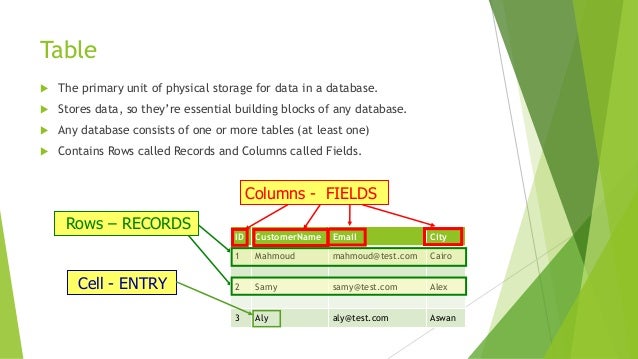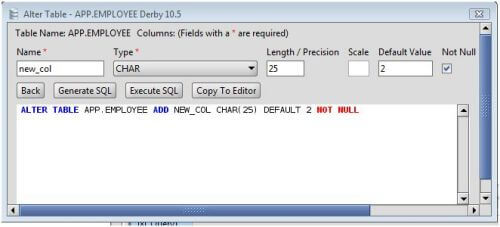

- #Apache derby db text index driver
- #Apache derby db text index password
- #Apache derby db text index zip

Using a database URL with user and password:.String dbURL = "jdbc:derby:codejava/webdb create=true" Ĭonnection conn = DriverManager.getConnection(dbURL) Making Derby JDBC connection examplesWith JDBC, there are three different ways to establishing a connection to the database, corresponding to three version of the method getConnection() of the DriverManager class: Jdbc:derby://dbserver/webdb user=tom password=secretĥ.
#Apache derby db text index password
For example, to connect the user tom with password secret to the database webdb on the server dbserver, use the following URL: Derby JDBC database connection URL for network client driverHere is the syntax of Derby JDBC database connection URL for the network client driver: jdbc:derby://server/ databaseName*The default port is 1527 if omitted.
#Apache derby db text index zip
jar: looks for the database inside a jar or zip file.In this way the database is treated as in read-only mode. classpath: looks for the database in the file system which is relative to the classpath directory.This may e useful in case we only use a temporary database. memory: looks for the database in memory.This is the default location if subsubprotocol is not specified. For the relative path, Derby will look in the system directory (specified by the environment variable user.dir). The directory can be relative path or absolute path. directory: looks for the database in the file system.Where subsubprotocol tells where Derby should look for the database.Derby JDBC database connection URL for embedded driverFollowing is the syntax of Derby JDBC database connection URL for the embedded driver: jdbc:derby:*
#Apache derby db text index driver
The driver manager can load appropriate driver based on the database connection URL. Or if the JDBC client connects to Derby server on a remote machine, go with the network client driver.If you are using Java 5.0 or earlier, you have to load the driver explicitly like this: Class.forName(".EmbeddedDriver") Or: DriverManager.registerDriver(new .EmbeddedDriver()) However, since Java 6.0 or later, loading JDBC driver as such becomes optional. So if you are planning to use everything of Derby in one machine, go with the embedded driver.


 0 kommentar(er)
0 kommentar(er)
